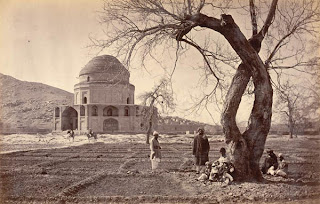I approached this week with a sort of hesitant excitement. I was looking forward to being in London (which, without a doubt, is one of the most beautiful, diverse and interesting cities in the world), I was looking forward to being home, spending time with my fellow course mates, and I was kind of looking forward to meeting some photographers too, but this is where the resistance to being excited came in. I've approached these meetings/talks before with great expectations, having been a fan of the photographer and their work for some time, but have often then left feeling disappointed, or let down. I think I sometimes just expect there to be... more. Whether it's more detail, more stories, more charisma, drive or general advice, I'm not sure. I just sometimes leave feeling like the lecture left something vital out, maybe I blinked and missed what everyone else is gushing about...
But I was happily proved wrong this week. This week has been, frankly, great. I feel like I have learned so much from some amazing and inspiring people, been given advice that will actually make a difference to the decisions I make in the future, and all while having a laugh and genuinely enjoying myself. Most of all, I feel so lucky and so privileged to have been given the opportunities I've had this week. Hopefully I'll be able to give you a glimpse into the things I have done this week in this and a couple of other posts, and maybe you won't hold that one-post-a-day thing against me?
We met Simon Norfolk on a beautiful sunny afternoon in a stunning converted loft in north London. Now, if you don't know Simon's work, let me give you a little intro:
Simon Norfolk was born in Lagos, Nigeria, in 1963 and educated in England, and is a unique conflict photographer. Photographs of the war in Afghanistan in 2001, published as Afghanistan: Chronotopia, won the European Publishers' Award for Photography and an award from the Foreign Press Club of America and was nominated for the Citibank Prize.
 |
| All images from Afghanistan, 2001 |
 |
| John Burke's Portrait |
Influenced by this, Simon went back to Afghanistan in 2010 in Burke's shoes. Using the terrain on Google Earth, he worked out exactly where Burke would have been standing when he took certain images, and photographed what was there now, to show homage to his silent partner he'd had for a year and a half. "After that it became ‘variations on a theme by John Burke’, to think ‘what would he photograph if he were there now?’ because he had such an inquisitive eye." This is shown clearly in Simon's portraits, where he has tried to show Burke's "rhythm" between the subjects.
 |
| Simon Norfolk's Portrait, 2010 |
 |
| Photographs from the War in Afghanistan, 2010 |
 |
| A misty sunny London, my view from the train |
To see some other projects by Simon Norfolk, click here
Tomorrow, I'll be chatting about the time I spent with Cristina de Middel and adam&eveDDB ad agency, stay tuned!






No comments:
Post a Comment